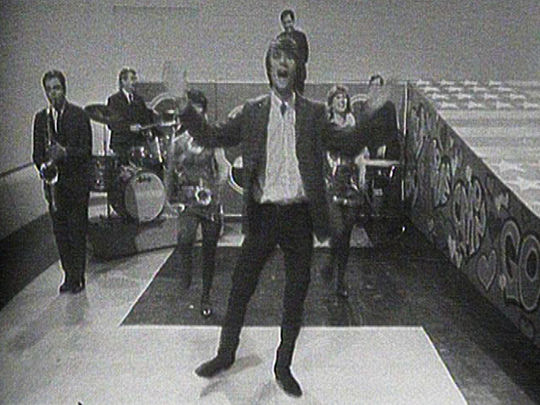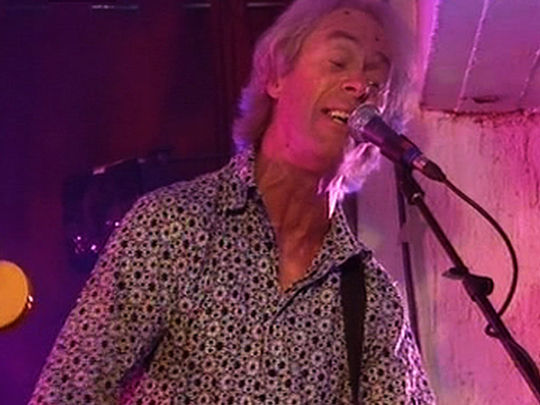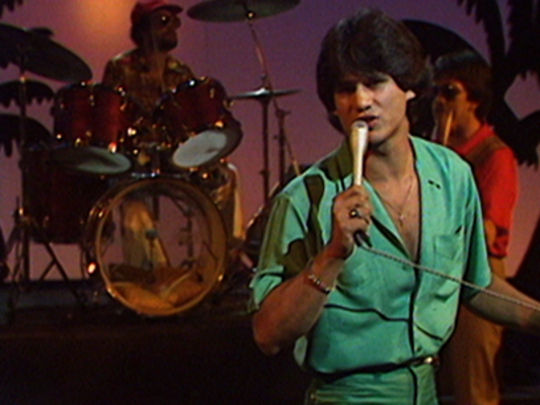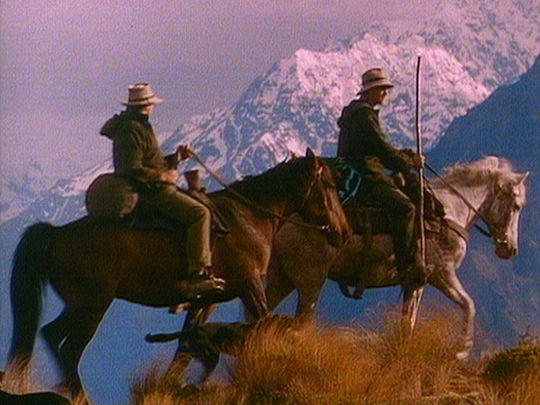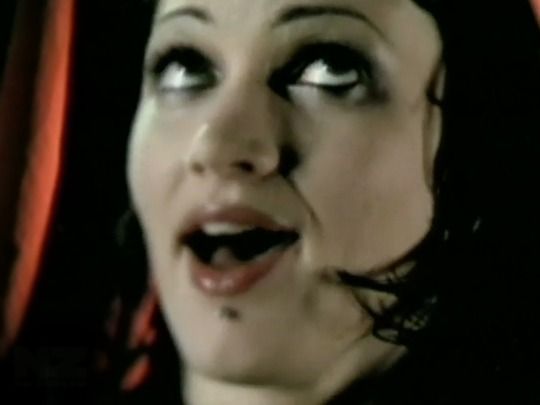Five Decades of NZ Number One Hits
Charting the Hits
As New Zealand music takes centre stage with the arrival of Music Month, we salute that select group of local songs that have topped the singles chart – the ones that captured the nation’s attention and were gone as quickly as they arrived.
The New Zealand Hit Parade was launched in May 1966 as our first serious attempt at a national chart. It was compiled by the NZ Listener from readers’ voting coupons so it bore no relation to actual sales. It may also not have been beyond a certain degree of manipulation. The La De Da’s were the first local act to top the chart in April 1967. Mr Lee Grant then set up camp in its upper echelons, taking the number one slot three times in 10 months with ‘Opportunity’, ‘Thanks to You’ and ‘Why or When or Where’.
The New Zealand music scene of the late 60s was driven by the NZBC’s frenetic TV show C’mon and the rather more sedate Loxene Golden Disc Award. Along with Mr Lee Grant, they helped propel The Simple Image (‘Spinning, Spinning, Spinning’), Allison Durbin (‘I Have Loved Me a Man’), Shane (‘Saint Paul’), The Hi-Revving Tongues (‘Rain and Tears’) and Craig Scott’s ‘Star Crossed Lovers’ to the top of the pops.
In early 1970 The Fourmyula’s ‘Nature’ became the first NZ written number one, and the first APRA Silver Scroll winner to achieve the feat. There has been very little correlation between these two pillars of the industry over the years. For much of its existence, the chart has been based on singles while APRA doesn’t require its entrants to be released on the format. Other chart topping Silver Scroll winners have been John Hanlon’s ‘Lovely Lady’ (1975), The Swingers’ ‘Counting the Beat’ (1981), The Naked and Famous’ ‘Young Blood’ (2010), Avalanche City’s ‘Love Love Love’(2011) and Lorde’s ‘Royals’ (2013).
To counter concerns about block voting, the Pop-O-Meter Chart was unveiled in September 1970. It was compiled by regional NZBC radio stations in conjunction with local record stores, but its methodology remained less than transparent.
C’mon had exhausted itself by 1969. It was replaced by the more family friendly Happen Inn which made no attempt to reflect the current hit parade. Television continued to play a role in promoting chart hits through light entertainment shows like Studio One and New Faces. Hogsnort Rupert formed expressly to enter New Faces and were rewarded with a chart topper in ‘Pretty Girl’ in 1970. Four years later, Space Waltz went over the heads of the show’s disbelieving judges to number one, with their glam rock barn-stormer ‘Out on the Street’.
May 1975 saw the debut of a long overdue national chart based solely on sales figures. Shortly afterwards TVNZ started Ready to Roll to count down the chart. While older brothers and sisters watched Radio with Pictures, RTR grew to be appointment viewing for pop fans and remained so for two decades. Almost immediately, Mark Williams became the first local artist to top the new chart with ‘Yesterday was Just the Beginning of my Life’. He repeated the feat in 1977 with ‘(I Guess) It Doesn’t Matter Any More’ (and followed Mr Lee Grant’s example of then leaving the country).
In England, the late 70s saw a rejuvenation of the charts as singles became the favoured medium of punk and new wave acts. New Zealand was slow to respond. Only Jon Stevens with ‘Jezebel’ and John Rowles with ‘Tania’ went to number one for the rest of the decade.
As the 80s dawned, Split Enz scored their only number one with ‘I Got You’. Former Enz member Phil Judd also achieved the feat in The Swingers with ‘Counting the Beat’. It was released on Ripper Records which became the first of the new indie labels to take the top slot. Simon Grigg’s Propeller Records matched the achievement with The Screaming Meemees’ ‘See Me Go’. However, venerable indie Flying Nun would have to wait until 1994 when the Headless Chickens’ ‘George’ became their sole chart topping single.
The early 80s also saw belated chart recognition for te reo. Māori language lyrics featured prominently in Dean Waretini’s ‘The Bridge’ (1981), Sir Howard Morrison’s ‘How Great Thou Art (Whakaaria Mai)’ (1981), Prince Tui Teka’s ‘E Ipo’ (1982) and The Patea Maori Club’s ‘Poi E’ (1984).
The charts have often reflected the outside world. ‘Sailing Away’ by All of Us, the theme song for New Zealand’s first America’s Cup bid, spent nine weeks at number one in 1986 but that success didn’t translate to the water (Neil Finn’s ‘Can You Hear Us’ similarly failed to see the All Blacks through to World Cup glory in 1999). Hammond Gamble’s number one ‘You Make the Whole World Smile’ was the theme song for Red Nose Day in 1992 while John Grennell’s chart topper ‘Welcome to Our World’ started life as the soundtrack for a Toyota commercial. Dave Dobbyn’s success with his sole number one ‘Slice of Heaven’ wouldn’t have been hurt by its ties to the Footrot Flats feature film.
Ready to Roll disappeared from the nation’s screens in 1994 but television forged a new relationship with popular music before the decade was out. In 1999, life imitated art when reality show pop stars TrueBliss topped the charts with ‘Tonight’. The Idol era of talent shows followed and resulted in number one hits for Michael Murphy, Rosita Vai, Ben Lummis, Stan Walker and Jackie Thomas.
The mid-90s also saw the arrival of local hip-hop at the top of the charts with Three the Hard Way’s ‘Hip Hop Holiday’. They repeated the feat in 2003 with ‘It’s on (Move to This)’. By then hip-hop had become a dominating force in the charts through DLT (‘Chains’), Che Fu (‘Without a Doubt’) and Scribe (’Stand Up/Not Many’ and ‘Dreaming’). There would be further hip-hop number ones for Dei Hamo (‘We Gon’ Ride’), Misfits of Science (‘Fool’s Love’), Savage (‘Swing’ and ‘Moonshine’) and Smashproof (‘Brother’) among others.
The charts kept pace as the music industry and its attendant technologies continued to evolve. Airplay statistics were added to sales numbers in 1999, along with downloads in 2007 and streaming data from 2014. The days of a 45rpm hit single were a distant memory.
The singles chart remains the ultimate expression of pop music’s ephemeral nature, with fashion, hype and a healthy dose of luck often playing a role in its success stories. A sales based chart is, of course, no guarantor that quality will be rewarded. The top slot has bowed to juggernauts like ‘Royals’ by Lorde and ‘How Bizarre’ by OMC, but has equally embraced one hit wonders like Dave and the Dynamos and Boy Band – and shunned hit machines like Dance Exponents, Sharon O’Neill, The Mockers, Dragon, Hello Sailor, The Feelers and Bic Runga.
But, in the world of the charts, there’s always next week….
Sources include
Chris Bourke and Simon Grigg, with Bryan Staff, 'New Zealand charts - the genesis' AudioCulture website. Loaded 22 July 2014. Accessed 1 May 2017
Andrew Miller, 'The Official New Zealand Music Charts' AudioCulture website. Loaded 26 May 2015. Accessed 1 May 2017
Dean Scapolo, The Complete New Zealand Music Charts, Maurienne House, Wellington, 2007
- Michael Higgins researched the first season and produced the second of Kiwi music series Give It A Whirl; he also produced music video series Hum. As programme director at Kiwi FM, he made NZ music rarities show Down the Back of the Couch. His favourite local number one is The Screaming Meemees' ‘See Me Go’.
